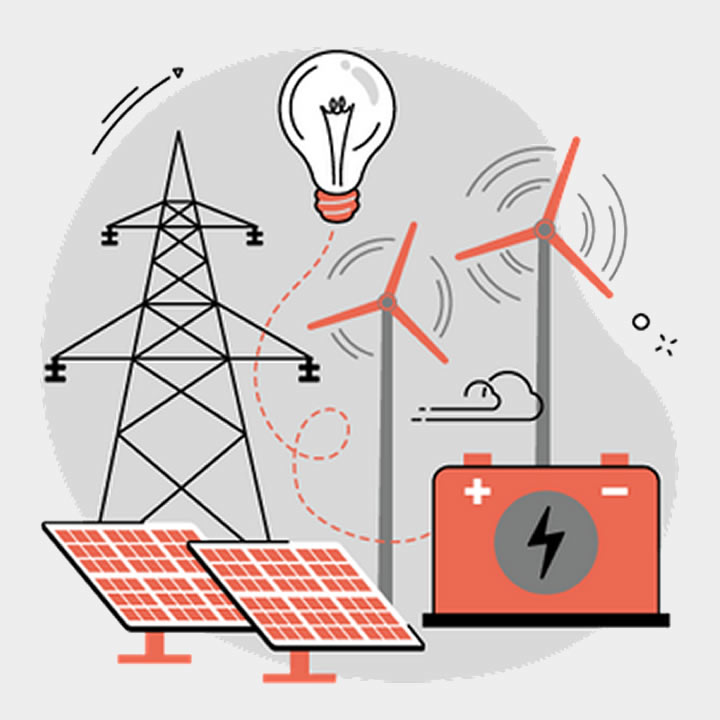In the modern era, efficiently managing utilities is of paramount importance. Businesses and individuals alike are looking for effective ways to monitor and control their utility consumption, ensuring sustainability and cost-effectiveness.
At the heart of this trend lies the importance of selecting the right utility management software.
This article dives into the top features one should seek out when making this crucial decision.
Comprehensive Data Analytics
The software should offer in-depth analytics. This includes raw data collection and the ability to interpret this data. Users should be able to understand their consumption patterns, identify inefficiencies, and spot trends over time.
Furthermore, having a platform that can also offer predictive analysis can be a game-changer, allowing users to foresee potential issues or adjustments that might be needed in the future.
With the right data at hand, businesses and individuals can make informed decisions, leading to optimized utility usage and reduced costs. A robust analytics engine can also integrate with other systems, ensuring a cohesive overview of all utility-related data.
User-friendly Interface
While it might house complex algorithms under the hood, from the user’s perspective, the software should be intuitive and easy to navigate. A clear and user-friendly interface ensures that individuals at all technological levels can benefit without extensive training.
This simplicity shouldn’t come at the cost of functionality.
The interface should efficiently display all necessary information without overwhelming the user. Moreover, a system with a customizable dashboard allows users to tailor the software to their unique needs, further enhancing the user experience.
Regular updates should also be made available to ensure the platform remains contemporary and user-centric.
Real-time Monitoring
Real-time data acquisition and monitoring are essential.
It enables immediate response to discrepancies or emergencies, ensuring that issues can be tackled head-on immediately. This real-time feedback not only helps in emergency situations but also allows users to make micro-adjustments in their utility usage.
Continuous real-time insights can help businesses and individuals spot inefficiencies as they arise, rather than waiting for end-of-the-month reports. Such a feature provides an active approach to utility management, rather than a reactive one.
Enhanced with graphical representations, users can visually understand their utility data at a glance.
Customizable Alerts and Notifications
Every utility system has its unique requirements and thresholds. The software should allow users to set custom alerts based on their needs. This could be related to consumption levels, billing dates, or potential system malfunctions.
Being promptly informed of any anomalies ensures that any potential issue can be addressed before it becomes a significant problem. Customizable alerts cater to the individual needs of different operations, be it a large corporation or a small household.
Timely notifications also mean timely solutions, leading to more efficient management. Additionally, integrating these alerts with communication platforms can lead to instantaneous resolutions.
Multi-platform Accessibility
In a world where work is increasingly remote and spread across various devices, accessibility becomes crucial. Whether you’re on a desktop, tablet, or mobile device, accessing your data and management tools should be seamless.
Cross-platform functionality ensures that no matter where a user is or what device they are using, they can always stay connected to their utility management. Additionally, cloud-based solutions can further enhance accessibility, ensuring data safety and real-time sync across all platforms.
Such flexibility not only provides convenience but also ensures consistent and uninterrupted utility monitoring. Moreover, having a consistent design language across all platforms guarantees a familiar experience regardless of the device.
Conclusion
Selecting the right tool to manage utilities is no small feat. Utility management software that incorporates comprehensive analytics, a user-friendly interface, real-time monitoring, customizable alerts, and multi-platform accessibility stands out as an industry benchmark.
By focusing on these essential features, users can ensure they are making an informed and future-proof choice.

